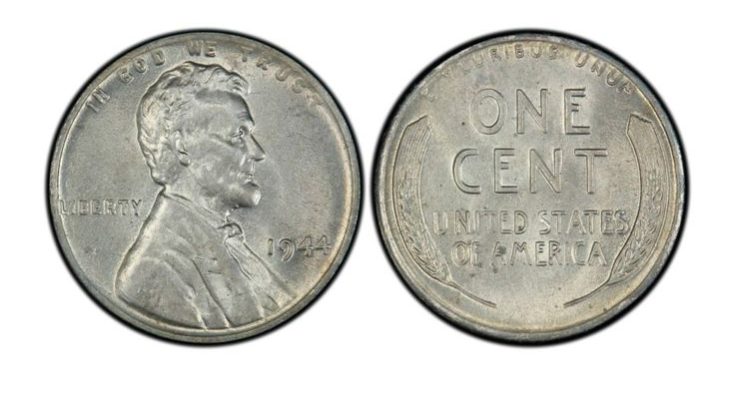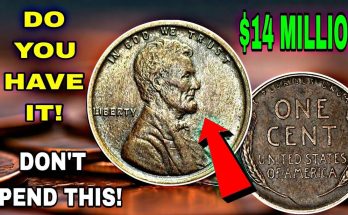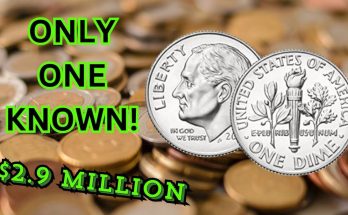CHECK your spare drawers and coin collections because one penny just might be worth more than $75,000.
Simple manufacturing errors may inflate the value of your coins by thousands of dollars.
These errors can occur in printing or with the material the coins are made of.
WHY IS IT RARE?
Experts have found that one major error occurred in 1944 when the U.S. Mint resumed its use of copper to produce pennies.
However, at one point during that year, there was a batch of pennies incorrectly made.
Instead of being made from cooper, the pennies were made of zinc-coated steel.
These coins look very similar to the ones manufactured in 1943, when over a billion steel pennies were produced in order to conserve bronze for World War II.
However, the 1944 error is exceedingly rare – with there being under 40 reported mintages, The U.S. Sun previously reported.
During 1944, the steel pennies were minted in Denver, San Francisco, and Pennsylvania – with each one marked with a D, S or no mint mark to signify which city it was made in.
HOW MUCH ARE THEY WORTH?
Gainesville Coins estimates that the rare coins are worth around $75,000 or more.
“The 1944-S Steel Cent is an extremely rare off-metal striking created when a steel blank left over from 1943 was struck in the normal production run of 1944-S Bronze Cents,” Ron Guth, President of Professional Coin Grading Services has said.
USA Coin Book has estimated that a 1944-S steel penny is worth around $399,637 if it is in average condition.
If the rare coin is in a MS63 grade, it may be worth more than $1.1 million.
Meanwhile, the 1944-D penny can be sold for nearly $34,000 if it is in average condition.
Previously, 1994-D steel cents have sold for around $115,000 if in a MS63 grade.
HUNTING RARE COINS
What is a die break or error on a coin?

What causes such defects on coins and why are they so rare to find?
A die break, also known as a “cud” is an error on a coin that is formed when a die, (used to strike a coin) is missing a piece near the rim.
When dies strike coins they have a heavy impact and pressure and the metal from the blank part of the coin, known as the planchet, flows into the area that was left by the missing piece of the die.
Coins with such deformities are rare thanks to the strict quality control measures at the U.S. Mint.
When such errors do occur they are often caught and destroyed.
However, those that slip through the net become huge collector’s items worth much more than their given value
Source: Littleton Coin Company
There are several ways individuals can find rare coins.
One of the first things rare coin hunters should do is check any nooks and crannies in your house, wallets, or cars.
Another step you can take is using a metal detector to search large plots of land, such as a field or beach.
Others actions may include asking your local bank branch for a wrapper of pennies or purchasing one on eBay.
If you believe you have come in possession of a rare coin with a manufacturing error, be sure to consult an expert to verify its value.



